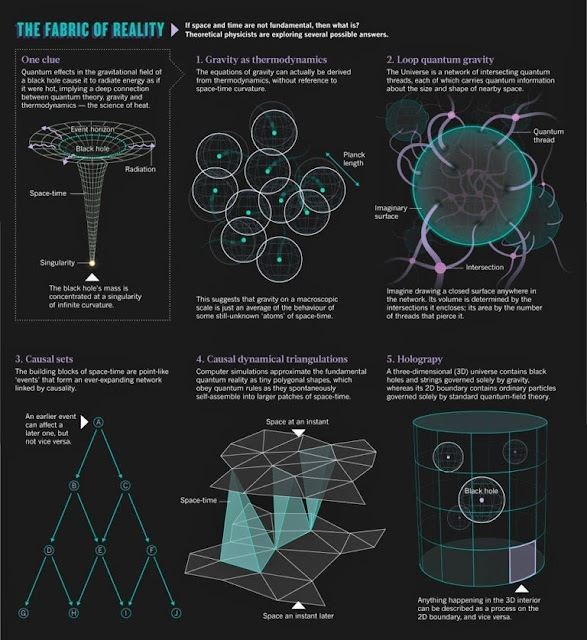Loop quantum cosmology Part--2
This subfield originated in 1999 by Martin Bojowald, and further developed in particular by Abhay Ashtekar and Jerzy Lewandowski, as well as Tomasz Pawłowski and Parampreet Singh, et al. In late 2012 LQC represents a very active field in physics, with about three hundred papers on the subject published in the literature. There has also recently been work by Carlo Rovelli, et al. on relating LQC to the spinfoam-based spinfoam cosmology.
However, the results obtained in LQC are subject to the usual restriction that a truncated classical theory, then quantized, might not display the true behaviour of the full theory due to artificial suppression of degrees of freedom that might have large quantum fluctuations in the full theory. It has been argued that singularity avoidance in LQC are by mechanisms only available in these restrictive models and that singularity avoidance in the full theory can still be obtained but by a more subtle feature of LQG.
Due to the quantum geometry, the big bang is replaced by a big bounce without any assumptions on the matter content or any fine tuning. An important feature of loop quantum cosmology is the effective space-time description of the underlying quantum evolution. The effective dynamics approach has been extensively used in loop quantum cosmology to describe physics at the Planck scale and the very early universe. Rigorous numerical simulations have confirmed the validity of the effective dynamics, which provides an excellent approximation to the full loop quantum dynamics. It has been shown that only when the states have very large quantum fluctuations at late times, which means that they do not lead to macroscopic universes as described by general relativity, that the effective dynamics has departures from the quantum dynamics near bounce and the subsequent evolution. In such a case, the effective dynamics overestimates the density at the bounce, but still captures the qualitative aspects extremely well.




Comments
Post a Comment